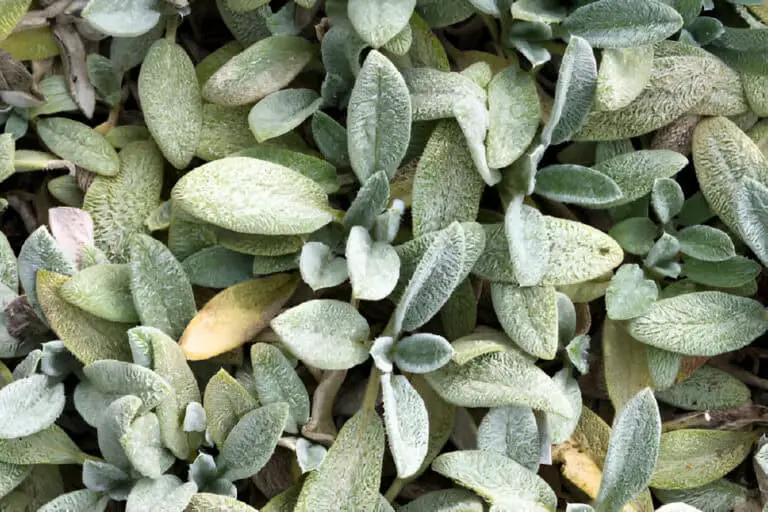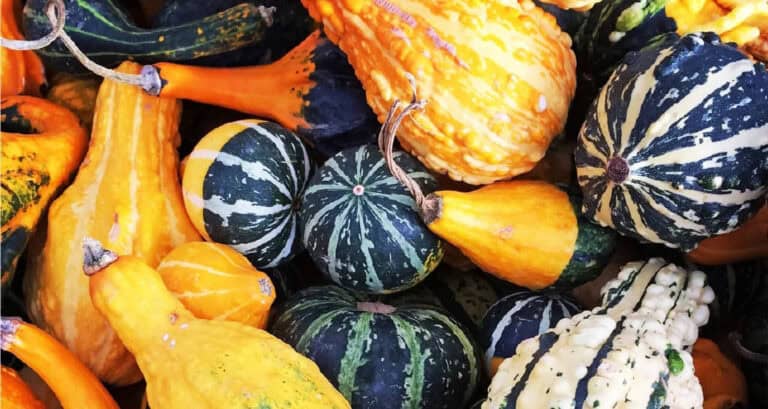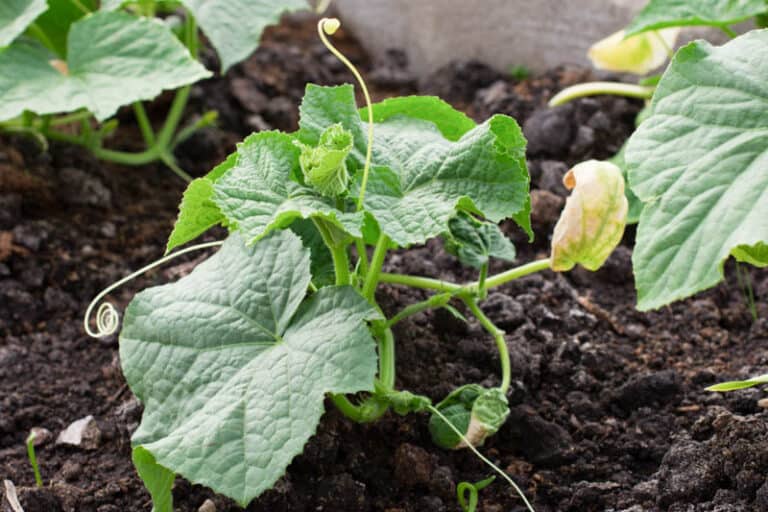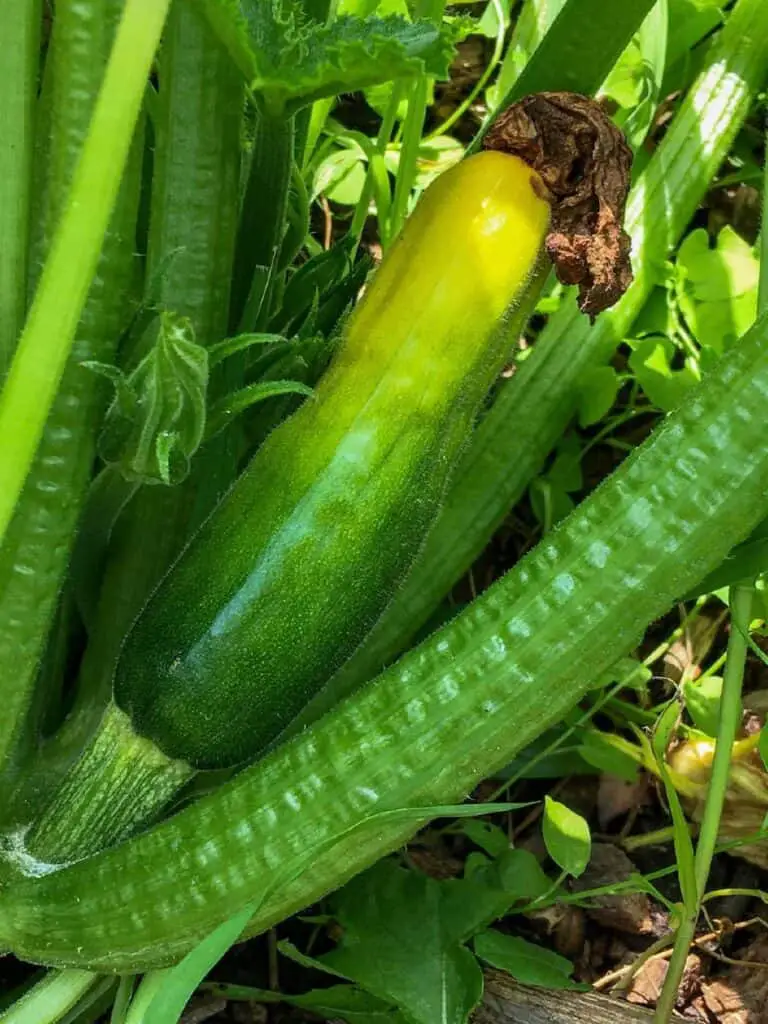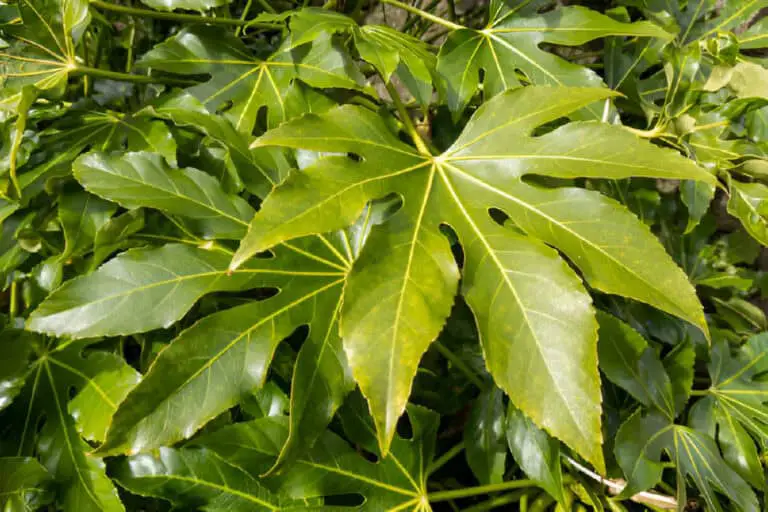When to Plant Pumpkin Seeds Indiana: Best Timing for Optimal Growth
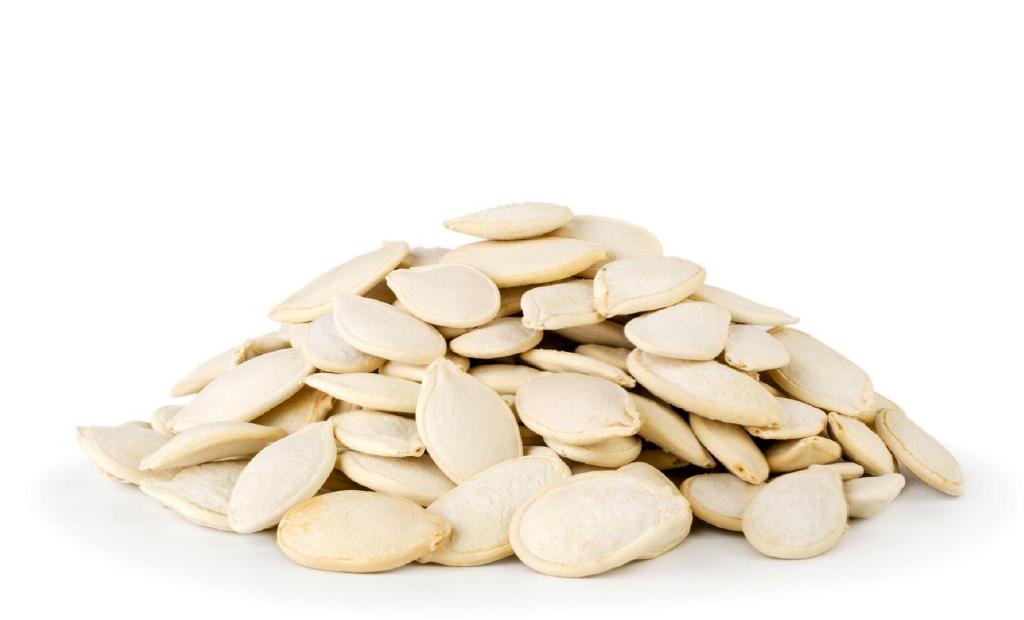
Are you ready to turn your garden into a festive pumpkin patch? It’s perfect for autumn harvests and Halloween decorations. Timing is key when it comes to planting pumpkin seeds in Indiana to ensure robust vines and plump pumpkins.
Planting pumpkins can be an exciting and rewarding endeavor, especially as you anticipate the vibrant harvest in the fall. These versatile gourds are not only linked to Halloween and Thanksgiving. They also offer many culinary and decorative uses.
You need to know the best time to plant. This is key if you want to carve jack-o’-lanterns or bake pumpkin pies. In this article, we explore the best times to plant pumpkin seeds in Indiana. We consider the state’s climate and soil.
Introduction to Planting Pumpkin

Pumpkins are a key part of autumn. They bring to mind jack-o’-lanterns, pumpkin pies, and decorations. Growing your own pumpkins can be rewarding and fun. This is especially true in Indiana. The state’s climate is suitable for these tough and vibrant plants.
Pumpkins, members of the Cucurbitaceae family, thrive in warm temperatures and require plenty of sunlight and space to grow. Their sprawling vines can cover a significant area, so choosing a suitable location with well-drained soil is crucial. Adding compost or organic matter to the soil will provide the nutrients needed for healthy growth. It will also make for robust pumpkins.
Timing is everything when it comes to planting pumpkins. In order to prevent unexpected cold snaps from harming the seedlings, Indiana’s ideal planting season is late spring, after the last frost.
Pumpkins need a long growing season. It is typically between 90 and 120 days. So, planting them in the right months lets them mature in time for the fall festivities.
Proper care and maintenance are vital for healthy pumpkin plants. They need regular watering and pest control. By keeping the soil consistently moist and monitoring for common pests, you can support the vigorous growth of your pumpkin vines.
Understanding Indiana’s Climate
Four distinct seasons characterize Indiana’s climate, which is humid continental in nature. This climate offers both challenges and opportunities for pumpkin cultivation. To grow pumpkins, you need to understand the local weather. You need to know how it affects planting and growth.
Average Temperatures and Frost Dates
- Spring (March–May): Temperatures range from 40°F to 70°F.
- Summer (June–August): Temperatures range from 60°F to 85°F.
- Fall (September–November): Temperatures range from 40°F to 70°F.
- Winter (December–February): Temperatures range from 20°F to 40°F.
In Indiana, the last frost is in mid-April to early May. The first frost is in late October to early November. These frost dates are crucial for determining the best planting time for pumpkin seeds.
Ideal Planting Time for Pumpkin Seeds
Pumpkins are warm-season crops. They thrive in temperatures of 65°F to 85°F. Planting them too early in cold soil can stunt their growth or cause the seeds to rot. For Indiana, the ideal time to plant pumpkin seeds is from mid-May to early June. This period ensures that the soil is warm enough and that the plants will have sufficient time to mature before the first frost in the fall.
Soil Temperature
Pumpkin seeds sprout best at soil temperatures of at least 70 °F. To ensure good sprouting, check the soil temperature with a soil thermometer before planting. If the soil is too cold, wait a few more days for it to warm up.
Preparing the Soil
Proper soil preparation is essential for healthy pumpkin growth. Pumpkins prefer well-drained, fertile soil with a pH level between 6.0 and 7.5. Here are the steps to prepare your garden bed for planting pumpkin seeds:
- Choose the right location: Select a sunny spot that receives at least 6–8 hours of direct sunlight daily.
- Test the soil: Conduct a soil test to determine the pH and nutrient levels. Adjust the pH if necessary by adding lime to raise it or sulfur to lower it.
- Amend the soil: Incorporate organic matter such as compost, aged manure, or peat moss to improve soil structure and fertility.
- Till the Soil: Till the garden bed to a depth of 12–18 inches to ensure proper root development and nutrient absorption.
Planting Pumpkin Seeds
Once the soil is prepared, you can proceed with planting the pumpkin seeds. Follow these steps for successful planting:
- Create Hills: Form small hills or mounds about 6-8 inches high and 2-3 feet apart. Hills help improve drainage and provide a warmer environment for the seeds.
- Plant the Seeds: Plant 3–4 seeds per hill, spacing them about 1-2 inches apart. Sow the seeds 1-2 inches deep.
- Thin the Seedlings: Once the seedlings have grown to about 2-3 inches tall, thin them to the strongest 2-3 plants per hill.
Caring for Pumpkin Plants
Proper care is essential to ensure healthy growth and a bountiful pumpkin harvest. Here are some key care tips:
Watering
Pumpkins require consistent moisture, especially during the flowering and fruit-setting stages. Water the plants deeply once a week, ensuring the soil is moist but not waterlogged. Avoid overhead watering to prevent fungal diseases; instead, use a soaker hose or drip irrigation system.
Fertilizing
Pumpkins are heavy feeders and benefit from regular fertilization. Use a balanced, all-purpose fertilizer or compost to provide essential nutrients. Apply fertilizer when the plants are about 1 foot tall and again when they start to flower.
| Also read: Are Pumpkins Self Pollinating? |
Pest and Disease Management
Pumpkins are susceptible to various pests and diseases. Regular monitoring and preventive measures can help keep your plants healthy.
Common Pests
- Squash Bugs: These insects feed on the sap of pumpkin plants, causing wilting and yellowing of leaves. Hand-pick the bugs and their eggs, or use insecticidal soap.
- Cucumber Beetles: These pests can transmit bacterial wilt, a serious disease for pumpkins. Use row covers to protect young plants, and apply neem oil to control beetle populations.
- Aphids: Small, sap-sucking insects that can cause stunted growth and deformities. Spray plants with a mixture of water and mild soap to control aphids.
Common Diseases
- Powdery Mildew: A fungal disease that causes a white, powdery coating on leaves. Ensure good air circulation and avoid overhead watering to prevent this disease.
- Downy Mildew: Leads to yellowing and wilting of leaves. Use fungicides and practice crop rotation to manage and kill downy mildew.
- Anthracnose: Causes dark, sunken lesions on leaves, stems, and fruit. Remove and destroy infected plant parts, and use resistant varieties when possible.
Harvesting Pumpkins
Knowing when and how to harvest pumpkins is crucial to enjoying their full potential. Follow these steps for a successful harvest:
- Timing: Pumpkins are ready for harvest when they have developed a deep, solid color and the skin is hard. The stems should also be dry and brittle.
- Cutting: Use a sharp knife or pruners to cut the pumpkin from the vine, leaving a few inches of stem attached to help prevent rot.
- Curing: Cure the pumpkins in a warm, dry place for about 10 days to harden the skin and improve storage life.
Storing Pumpkins
Proper storage extends the shelf life of pumpkins and keeps them in good condition for months. Store pumpkins in a cool, dry, and well-ventilated area. Ideal storage temperatures range from 50°F to 55°F. Avoid stacking pumpkins, as this can cause bruising and rot.
Table: Quick Reference Guide for Planting Pumpkin Seeds in Indiana
| Factor | Details |
| Ideal Planting Time | Mid-May to early June |
| Soil Temperature | At least 70°F |
| Soil pH | 6.0 to 7.5 |
| Sunlight Requirements | Full sun (6-8 hours/day) |
| Seed Spacing | 1-2 inches apart per hill |
| Planting Depth | 1-2 inches |
| Watering | Deep watering once a week |
| Common Pests | Squash bugs, cucumber beetle, and aphids |
| Common Diseases | Powdery mildew, downy mildew, anthracnose |
Additional Tips
- Companion Planting: Plant pumpkins alongside corn and green beans for a traditional “Three Sisters” garden, which benefits all three plants.
- Mulching: Use organic mulch to conserve moisture, suppress weeds, and maintain soil temperature.
- Monitoring: Regularly check your pumpkin plants for signs of pests and diseases to catch problems early.
With these guidelines, you’re on your way to growing a vibrant pumpkin patch. It will bring joy and satisfaction from planting to harvest. Enjoy the journey and the fruits of your labor!
Conclusion
Growing pumpkins in Indiana can be a delightful and rewarding endeavor. Understand the local climate. Prepare the soil well. Plant at the right time. Doing these things ensures a successful pumpkin harvest.
Regular care, pest control, and proper harvesting will help. They will give you a bountiful crop of pumpkins. The pumpkins are perfect for carving, cooking, or decorating. Happy planting and harvesting!

